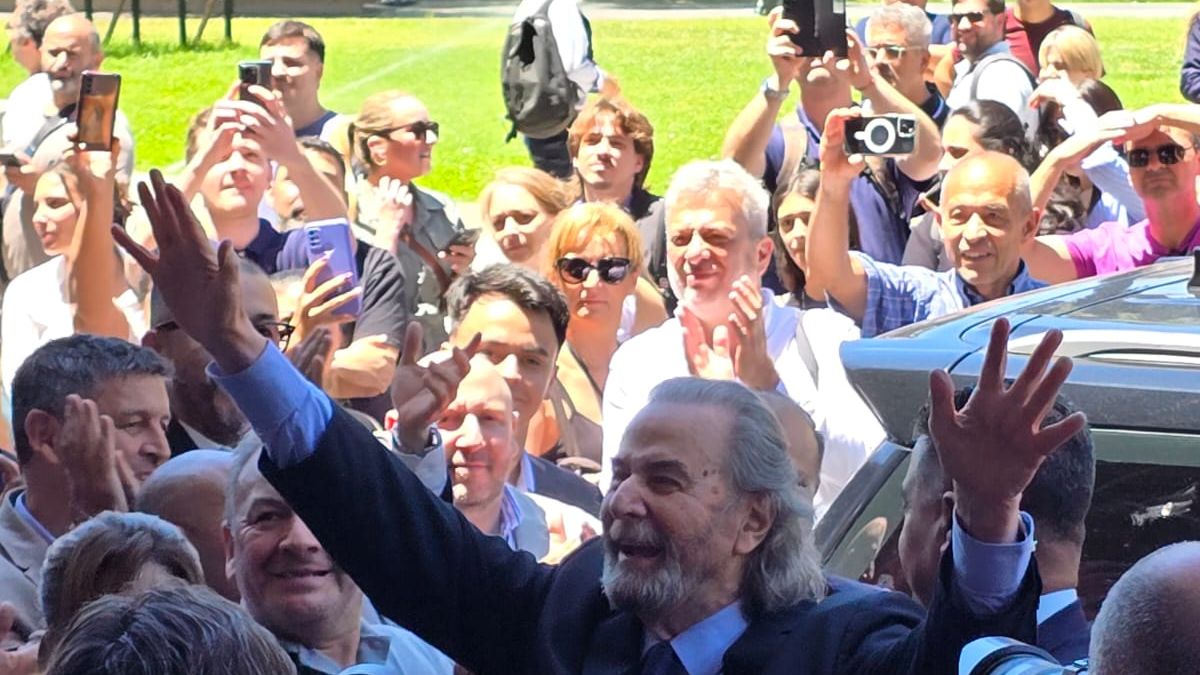The now former judge left surrounded by dozens of colleagues and friends who came to the Palace of Justice to greet him.
Carlos Maqueda in his farewell to the Supreme Court.
After 22 years, the judge Carlos Maqueda He said goodbye to the Supreme Court of Justice this Friday and, in this way, The highest court was left with only three members. The magistrate reached 75 years of age, the age limit allowed by the National Constitution.
The content you want to access is exclusive to subscribers.
Dozens of colleagues, judicial officials, advisors and curious people came up to the Palace of Justice, located in front of Plaza Lavalle, in the center of the City of Buenos Aires. Maqueda, accompanied by his family, went down the steps of the highest court headquarters, where he was bid farewell with applause and music from the official orchestra.


Visibly happy, Maqueda He crossed the group of people that filled the entrance to the Palace of Justice. There was applause and handshakes. On more than one occasion, the now former judge stretched his arms up to greet those present.
Maqueda He is a native of Río Tercero, Córdoba. He was a deputy and national senator for the Justicialista Party. In 2002 he was elected as a member of the Supreme Court at the proposal of the then president Eduardo Duhalde.
The Court has already established the mechanism to operate with three members
The Supreme Court issued on December 18th an agreement that Its objective is to regulate the drawing of the so-called “co-judges” who are the ones who must act in the event that the majorities are not reached to issue a sentence.
The decision contains a message addressed to the Executive Branch and the explicit institutional “concern” it expresses for a “small” Court. In essence, it prevails to subtract arguments for the need for a decree that appoints Ariel Lijo and Manuel García Mansilla to a “commission” under the pretext of a paralysis in the rulings.
Through 16 pages, the judges signed Agreement 41 that establishes the mechanism for the drawing of co-judges between the presidents of the Federal and National Chambers. This procedure prevents the files from being paralyzed due to a possible lack of majorities (three concurring votes, which as of December 30 would imply unanimity between Horacio Rosatti, Carlos Rosenkrantz and Ricardo Lorenzetti). For cases in which majorities are not reached, the process of drawing lots for co-judges is expedited and the file is prevented from being paralyzed between the members.
Source: Ambito
I am a 24-year-old writer and journalist who has been working in the news industry for the past two years. I write primarily about market news, so if you’re looking for insights into what’s going on in the stock market or economic indicators, you’ve come to the right place. I also dabble in writing articles on lifestyle trends and pop culture news.




